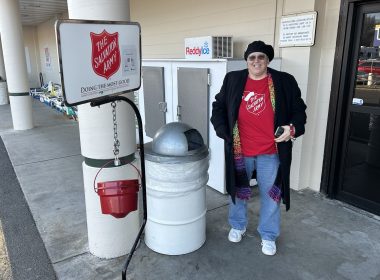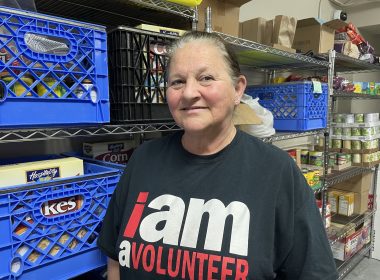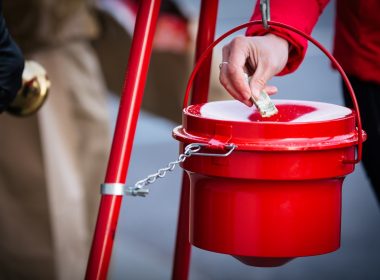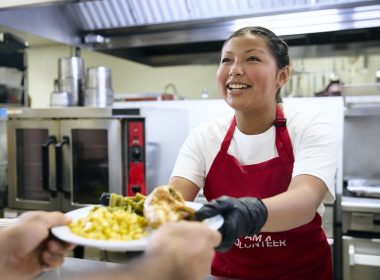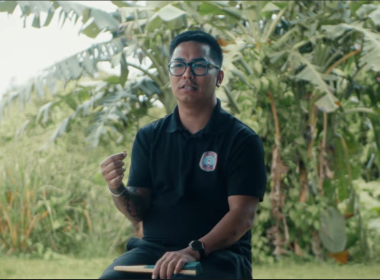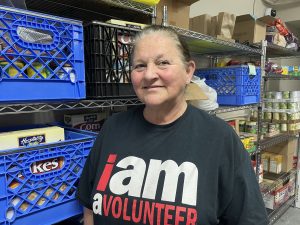Salvation Army meets immediate needs of survivors and relief workers
by Karen Gleason with Robert Brennan –
Fires burn in California
In what some have described as a disaster of biblical proportions, wildfires raged across Southern California in one of the most devastating fire events in U.S. history. The Salvation Army immediately went to work, responding to the needs of survivors and relief workers. Ironically, it was just weeks ago that The Salvation Army completed recovery efforts surrounding the 2003 Southern California wildfires.
Firefighting resources were spread thin, as nearly 20 fires, in separate locations, ignited since Sunday, Oct. 22, from Santa Barbara to the Mexican border. Dry weather and unpredictable, high “Santa Ana” winds, gusting up to 70 miles per hour, combined to make the blazes difficult to contain.
Nearly 2,000 homes (almost 3,000 homes and businesses) have been lost, with 48,000 structures still threatened. At least eight people have died, and an estimated one million people have been evacuated—the biggest evacuation in California history. Currently 15 fires are burning 460,000 (and growing) acres—about 500 square miles, an area larger than the city of Los Angeles. With thousands of homes still in danger, approximately 9,000 firefighters are battling the flames, many coming in from other states. Seven California counties have beendeclared disaster areas, by both the state and the nation.
Salvation Army at the scene
Responding to the crisis, The Salvation Army is providing food, water, coffee and comfort to firefighters, police, evacuees and others affected by the blaze.
As far south as San Diego, Salvation Army mobile feeding units (canteens) are on the scene to bring water and food, first aid, fresh socks, as well as emotional and spiritual comfort to first responders. Additionally, in the San Diego area, canteens are serving meals at evacuation centers at Qualcomm Stadium, Mira Mesa High School, Escondido High School, Campo Community Center and Lakeside Rodeo Grounds/Hanson Ranch.
“Our focus continues to be helping people who have evacuated from their homes, and providing food and comfort to first responders,” said Sierra del Mar Divisional Commander Lt. Colonel Doug O’Brien. “At the same time we are planning for the long-term recovery and need monetary donations to ensure we can help the most people possible in rebuilding their homes and lives. We are always humbled by the support of the American public and our corporate partners, including Target Stores, which already donated $100,000 to support our relief efforts.”
Wal-Mart and PepsiCo are also giving generously.
The San Diego Padres Kevin Kouzmanoff, Adrian Gonzalez and others from the Padres organization helped the Salvation Army serve lunch at Qualcomm Stadium. The players and staff visited with evacuees after lunch and gave out toiletries and packaged foods.
Among its other efforts, the Army opened a firestorm assistance center in El Centro to help meet the needs of evacuees from San Diego County. Nine canteens have so far fed more than 31,000 meals and snacks as well as 35,000 drinks. The Army has also provided personal care kits, cots, cups and other materials, along with emotional and spiritual care.
In Orange County, a Salvation Army canteen is on site at Irvine Park where staff and volunteers are serving meals to first responders at the Irvine fires. The canteen will remain at Irvine Park for as long as it is needed.
Responding to the greater need to the south, Southern California Divisional Headquarters, based in Los Angeles, has dispatched four canteens to San Diego along with 300 cots and more than 3,000 personal care kits. At the same time, the remaining canteens remain on standby ready to go into action if called upon by Los Angeles or Ventura County authorities.
To help the relief/recovery effort
The Salvation Army asks people who want to help to visit www.salvationarmyusa.org or call 1-800-SAL-ARMY. Please designate your gift for California wildfire relief. Monetary donations are needed to meet survivors’ most immediate needs. Donations are used to purchase necessary items that are most needed at that moment in time based on the unique needs of affected individuals and families.

